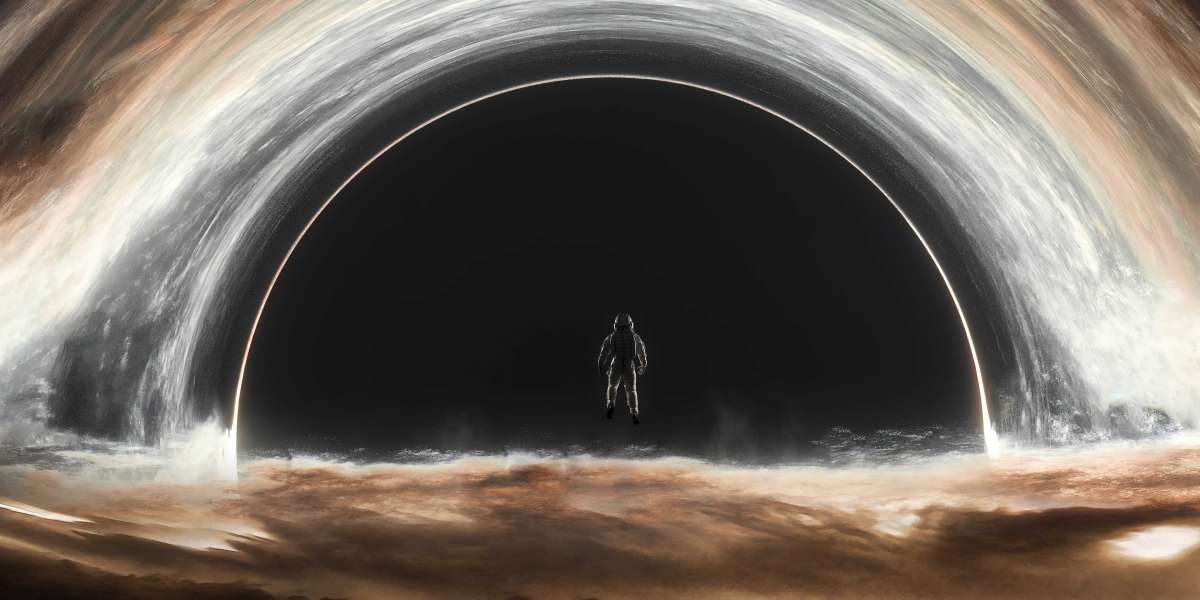Introduction:
In July 1975, a groundbreaking event took place in the world of space exploration, bringing together two Cold War rivals in an unprecedented display of international cooperation. The Apollo-Soyuz Test Project (ASTP), also known as the handshake in space, marked a significant moment of détente between the United States and the Soviet Union. It represented a monumental step towards fostering peaceful relations and opening up new frontiers for space exploration. The spectacle of the American Apollo spacecraft docking with the Soviet Soyuz spaceship captivated the world's attention, as it showcased the power of collaboration and goodwill beyond earthly conflicts.
Detailed Description:
Amidst the tension and rivalry of the Cold War, the Apollo-Soyuz Test Project served as a symbol of unity and peace between the world's two leading superpowers. On July 15, 1975, the momentous mission commenced, as an Apollo spacecraft blasted off from Kennedy Space Center in Florida, carrying three American astronauts: Thomas Stafford, Deke Slayton, and Vance Brand. Simultaneously, a Soyuz spacecraft lifted off from the Baikonur Cosmodrome in Kazakhstan, with two Soviet cosmonauts, Aleksey Leonov and Valeri Kubasov.
After two days of separate flights, the Soyuz and Apollo closed in on each other in space. On July 17, 1975, the significant rendezvous occurred at an altitude of approximately 140 miles above Earth. As both spacecraft approached each other, the world watched with bated breath. The skillful maneuvering and precise calculations required to dock these two distinct ships were a testament to human ingenuity and technological prowess.
The docking procedure represented a technical and symbolic triumph. The Apollo and Soyuz spacecraft utilized a unique docking mechanism, specially designed to enable the two vessels to join together in space. As they successfully linked, a fitting image of unity manifested itself—a symbolic handshake above the Earth, bridging political divides and showcasing the potential for collaboration. The docking created an airtight connection, allowing for the astronauts and cosmonauts to pass freely between the two spacecraft, thus marking a historic milestone of international cooperation.
Throughout the mission's duration, the American and Soviet crewmembers performed a series of joint experiments, exchanging scientific findings and sharing knowledge on space technology. The astronauts and cosmonauts also engaged in personal interactions, demonstrating friendship and goodwill from space. The iconic photograph of Thomas Stafford and Alexey Leonov shaking hands, the first handshake in space, became an enduring symbol of peace, progress, and the power of working together towards shared goals.
On July 19, 1975, the space handshake concluded as both spacecraft undocked, and each respective crew began their return journey to Earth. The mission successfully landed back in American and Soviet territory separately, marking the significant completion of the Apollo-Soyuz Test Project.
Conclusion:
The Apollo-Soyuz Test Project of 1975 played a transformative role in the space sector, transcending geopolitical tension and proving that even during times of immense conflict, diplomatic channels for collaboration can be forged. This historic event laid the groundwork for future international missions, setting the stage for continuous cooperation in space exploration. The excitement and enthusiasm generated by the joint mission highlighted the potential for scientific and diplomatic initiatives to transcend earthly boundaries, reminding humanity of the ultimate goal of peaceful coexistence and a shared pursuit of progress.



